Introduction:
Understanding the power consumption of your refrigerator is crucial for managing energy usage and reducing electricity bills. This comprehensive guide explores the factors influencing refrigerator wattage, how to calculate energy consumption, and ways to enhance energy efficiency. We will also address common questions about refrigerator power usage and provide tips for selecting energy-efficient models.
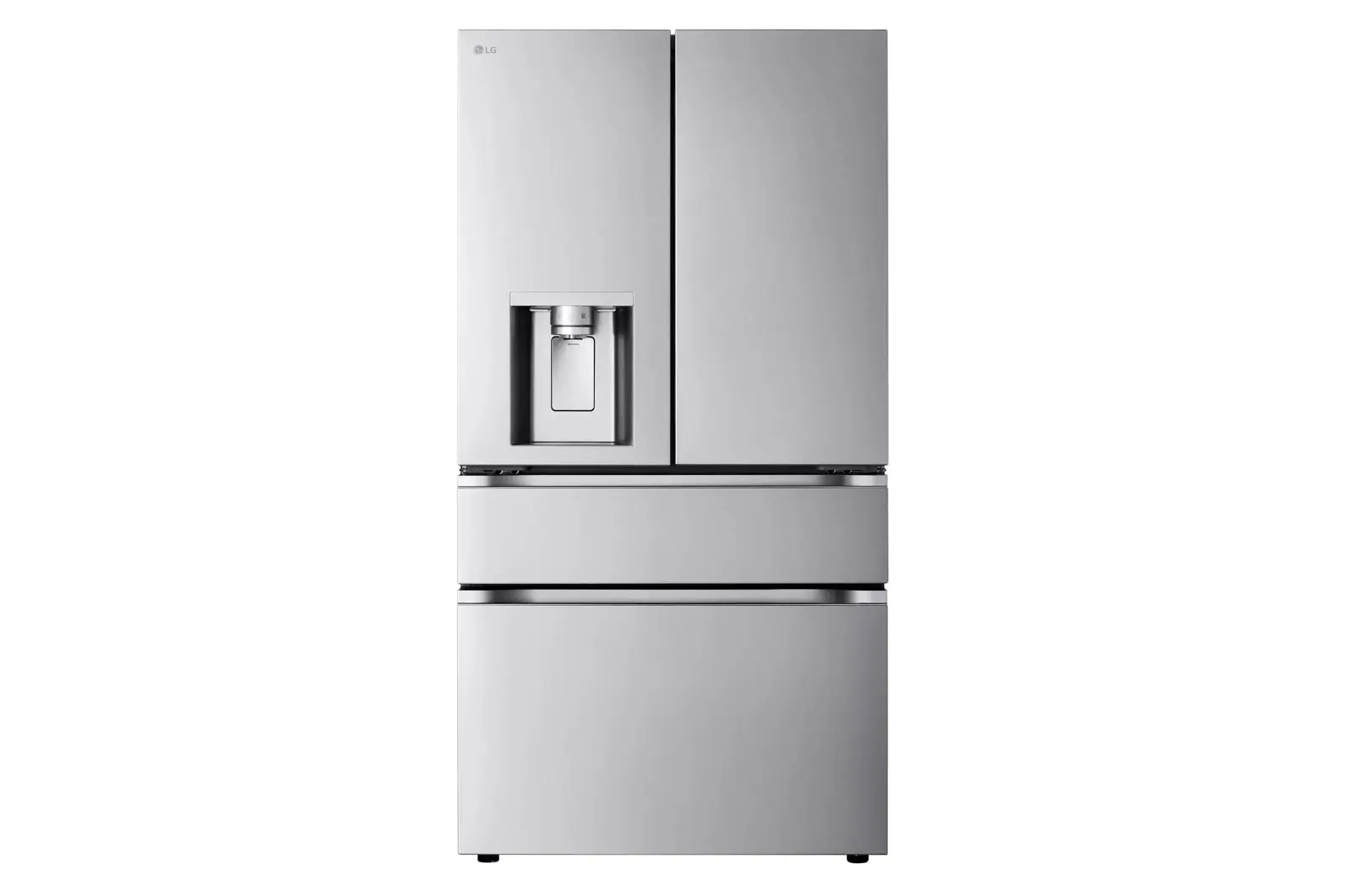
How Many Watts Does It Take to Run a Refrigerator?
Understanding Refrigerator Wattage
Refrigerators are essential household appliances that run continuously to keep food items fresh and safe. The wattage required to run a refrigerator depends on several factors including its size, age, efficiency, and additional features.
Average Wattage: Typically, a standard refrigerator requires between 100 to 800 watts to operate. Smaller, compact refrigerators may use around 100-300 watts, while larger, full-sized models may consume 300-800 watts.
Energy Efficiency: Energy-efficient refrigerators consume less power compared to older models. Modern refrigerators with Energy Star ratings use advanced technologies to reduce power consumption while maintaining optimal cooling performance.
Compressor Usage: The refrigerator’s compressor cycles on and off to maintain the internal temperature. The compressor consumes the bulk of the refrigerator’s energy, usually running at higher wattage during startup and lowering as it gradually maintains the set temperature.
Additional Features: Features such as ice makers, water dispensers, digital displays, and smart connectivity may increase the refrigerator’s wattage. These add-ons demand additional power to operate.
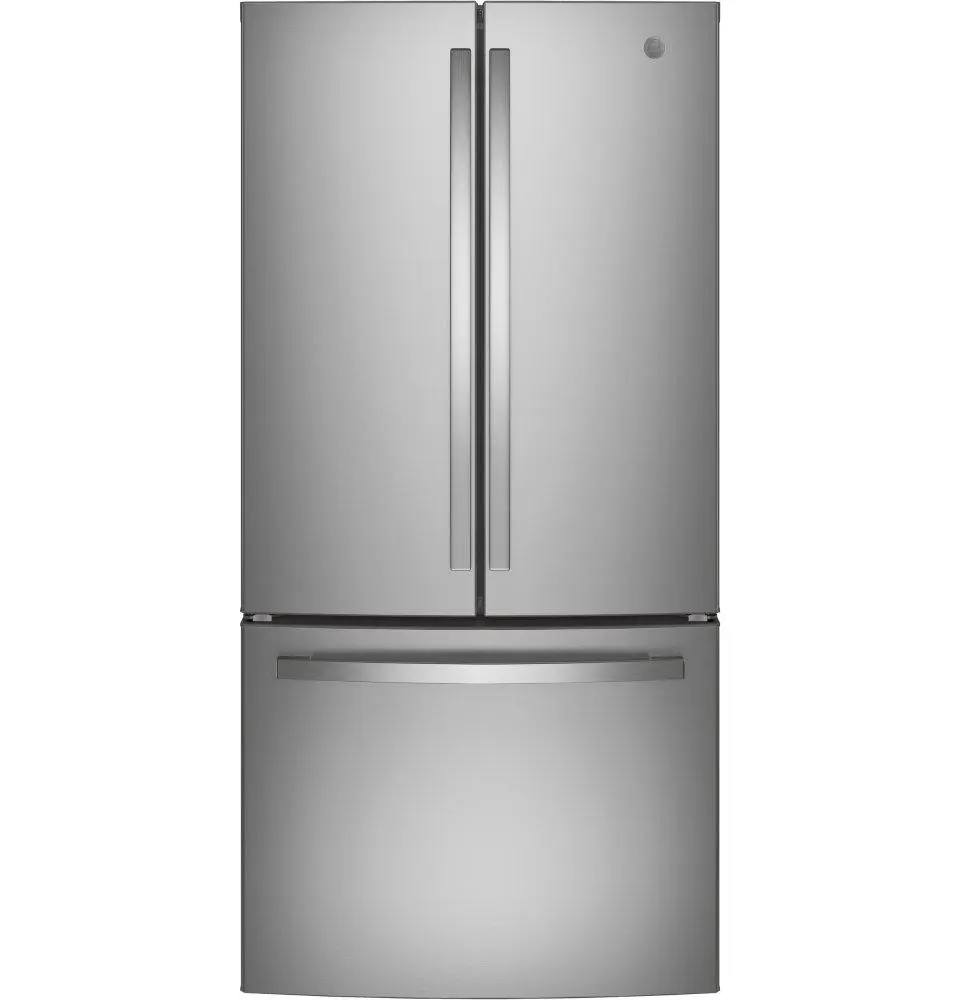
Calculating Refrigerator Energy Consumption
To estimate the energy consumption of your refrigerator, you need to understand its wattage and how long it operates. Here’s a method to calculate it accurately.
Identify Wattage: Locate the refrigerator’s wattage on the appliance label, usually found inside the door or at the back of the unit. If the wattage is not listed, look for the amperage and voltage to calculate it using the formula: Wattage (W) = Voltage (V) × Amperage (A)
Average Operating Hours: Refrigerators typically run in cycles—on and off—to maintain temperature. An average refrigerator runs for about 8-12 hours per day.
Calculate Daily and Annual Consumption: Use the formula to find daily and annual energy usage: Daily Consumption (kWh) = (Wattage × Hours Per Day) ÷ 1000 Annual Consumption (kWh) = Daily Consumption × 365
For example, if a refrigerator uses 300 watts and runs for 10 hours per day: Daily Consumption = (300 W × 10 hours) ÷ 1000 = 3 kWh Annual Consumption = 3 kWh × 365 = 1,095 kWh
Factors Influencing Power Consumption
Several factors influence the power consumption of a refrigerator, which can vary significantly depending on usage patterns, maintenance, and environmental conditions.
Size and Capacity: Larger refrigerators with more storage capacity consume more power due to the increased space that requires cooling.
Age and Model: Older refrigerators tend to use more electricity than newer, energy-efficient models. Innovations in insulation, compressors, and defrost mechanisms in modern units significantly reduce power usage.
Ambient Temperature: The temperature of the environment where the refrigerator is placed affects its energy consumption. Higher ambient temperatures cause the refrigerator to work harder to maintain its internal temperature, increasing power usage.
Thermostat Settings: Lower thermostat settings (colder temperatures) lead to increased energy consumption. Keeping the refrigerator at the recommended temperature range (35°F to 38°F for the fridge and 0°F for the freezer) ensures efficient operation.
Door Openings: Frequent and prolonged opening of the refrigerator door allows warm air to enter, making the compressor work harder to cool the interior. This results in higher power consumption.
Maintenance: Regular maintenance, including cleaning the coils and checking door seals, ensures the refrigerator operates efficiently. Poor maintenance can lead to increased energy usage.
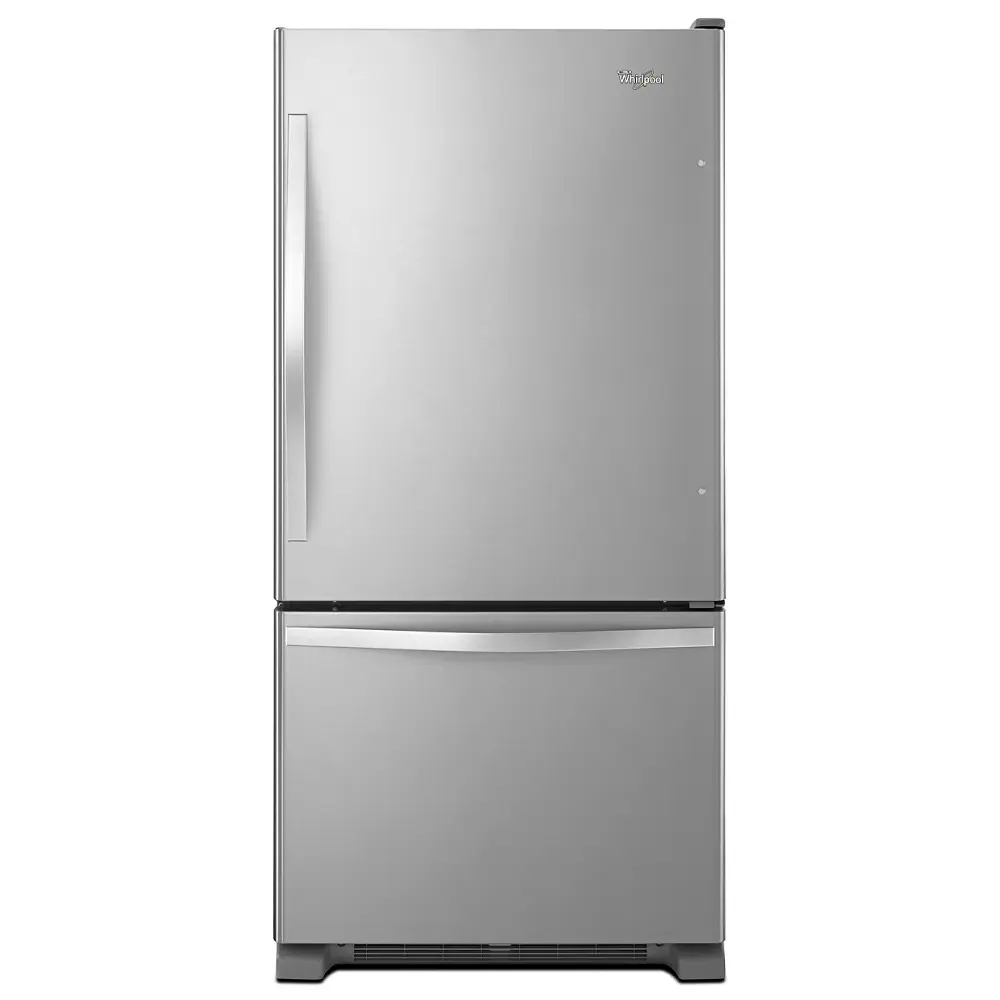
Improving Energy Efficiency
Enhancing the energy efficiency of your refrigerator reduces electricity bills and environmental impact. Here are practical tips to achieve this.
Choose Energy-Efficient Models: When purchasing a new refrigerator, look for Energy Star-rated models. These refrigerators meet strict energy efficiency guidelines and consume significantly less power.
Regular Maintenance: Keep the refrigerator’s coils clean and ensure the door seals are intact. Dirty coils and faulty seals can cause the compressor to work harder, increasing energy consumption.
Optimal Placement: Place the refrigerator in a cool, shaded location away from heat sources like ovens or direct sunlight. Proper spacing around the unit allows for better airflow and efficient operation.
Organize Contents: Organize the refrigerator’s contents for better airflow and efficient cooling. Avoid overfilling the fridge, as this blocks air circulation, making the unit work harder.
Temperature Settings: Set the refrigerator and freezer to the recommended temperatures. Avoid setting them lower than necessary, as this increases energy usage without additional benefits.
Minimize Door Openings: Limit the frequency and duration of door openings. Decide what you need before opening the door to keep cold air inside and reduce the workload on the compressor.
Energy-Saving Features: Utilize any energy-saving modes or features provided by your refrigerator. Some units offer vacation modes or eco settings that optimize energy usage during low-demand periods.
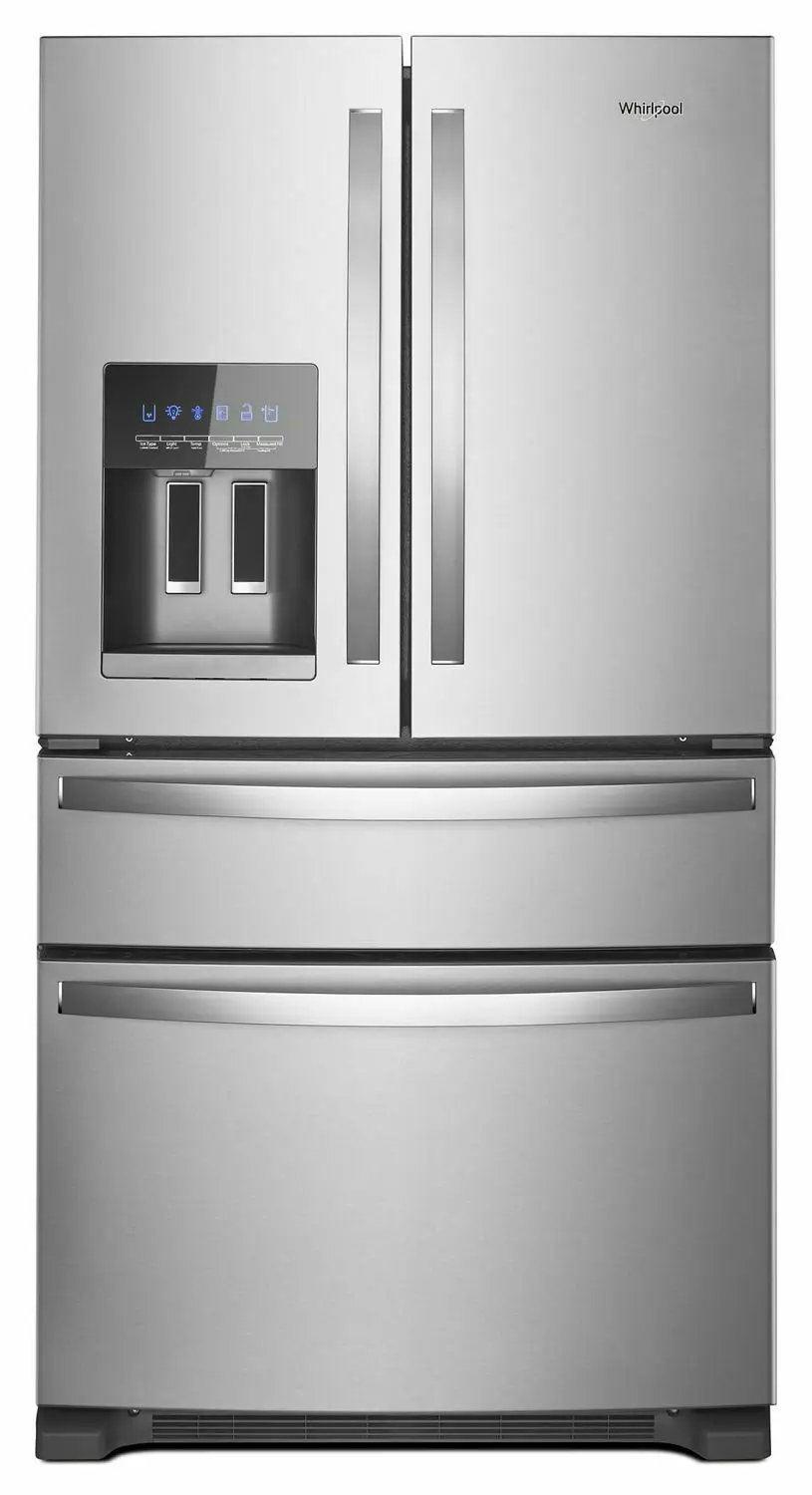
Comparing Different Types of Refrigerators
Different types of refrigerators have varying energy consumption patterns. Understanding these can help you choose the most energy-efficient option for your needs.
Top-Freezer Refrigerators: These models typically consume less energy compared to side-by-side or bottom-freezer units due to their straightforward design. They are often the most energy-efficient because the freezer is not affected by the warmer air that rises to the top.
Bottom-Freezer Refrigerators: Bottom-freezer units are slightly less efficient than top-freezer models but offer better accessibility. They tend to use more energy because the compressor works harder to cool the freezer located at the bottom.
Side-by-Side Refrigerators: Side-by-side models generally consume more energy due to their larger size and the design that often includes additional features like ice makers and dispensers.
French Door Refrigerators: French door refrigerators, with their separate freezer compartments and multiple doors, can be less efficient due to the additional space and features. However, Energy Star-rated French door models are available that balance energy use and functionality.
Mini and Compact Refrigerators: Compact refrigerators are generally less efficient due to their design and insulation but consume less overall energy due to their smaller size. They are ideal for small spaces and occasional use.
Using Renewable Energy Sources
Integrating renewable energy sources to power your refrigerator can further reduce environmental impact and dependency on fossil fuels.
Solar Panels: Installing solar panels to generate electricity for household appliances, including the refrigerator, harnesses renewable energy and reduces grid dependency. Ensure your solar setup can handle continuous power requirements.
Wind Energy: For those in windy regions, small-scale wind turbines can be a viable option to generate electricity for home use, including powering refrigerators.
Battery Storage Solutions: Combining renewable energy sources with battery storage systems ensures a continuous power supply for your refrigerator, even during periods of low energy generation.
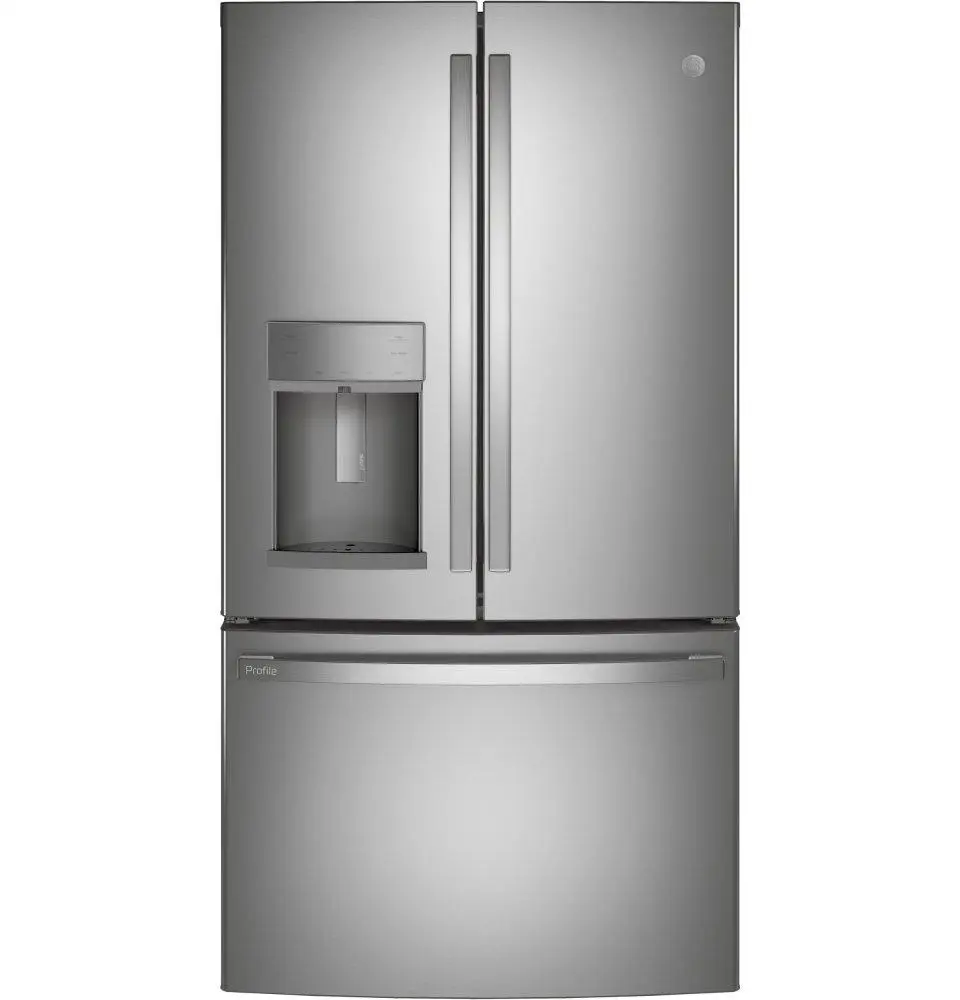
Understanding Power Load and Backup Solutions
Knowing how to manage power load and having backup solutions ensures your refrigerator operates efficiently even during power outages.
Power Load Management: Distribute the electrical load efficiently by using energy-efficient appliances. Avoid running multiple high-power devices simultaneously to prevent overloading circuits.
Backup Generators: Having a backup generator ensures your refrigerator remains operational during power outages, protecting perishable food items. Choose a generator with enough wattage capacity to handle the refrigerator’s power requirements.
Uninterruptible Power Supply (UPS): Using a UPS can provide short-term power during outages, allowing you to safely manage and operate essential appliances like refrigerators.
Conclusion
Understanding the wattage required to run a refrigerator and the factors influencing its energy consumption is essential for optimizing energy efficiency and managing household electricity costs. By calculating energy usage, adopting energy-saving practices, and choosing Energy Star-rated models, you can significantly reduce power consumption and environmental impact. Regular maintenance, optimal placement, and integrating renewable energy sources further enhance efficiency. This comprehensive guide equips you with the knowledge to make informed decisions, ensuring your refrigerator operates efficiently and sustainably.
